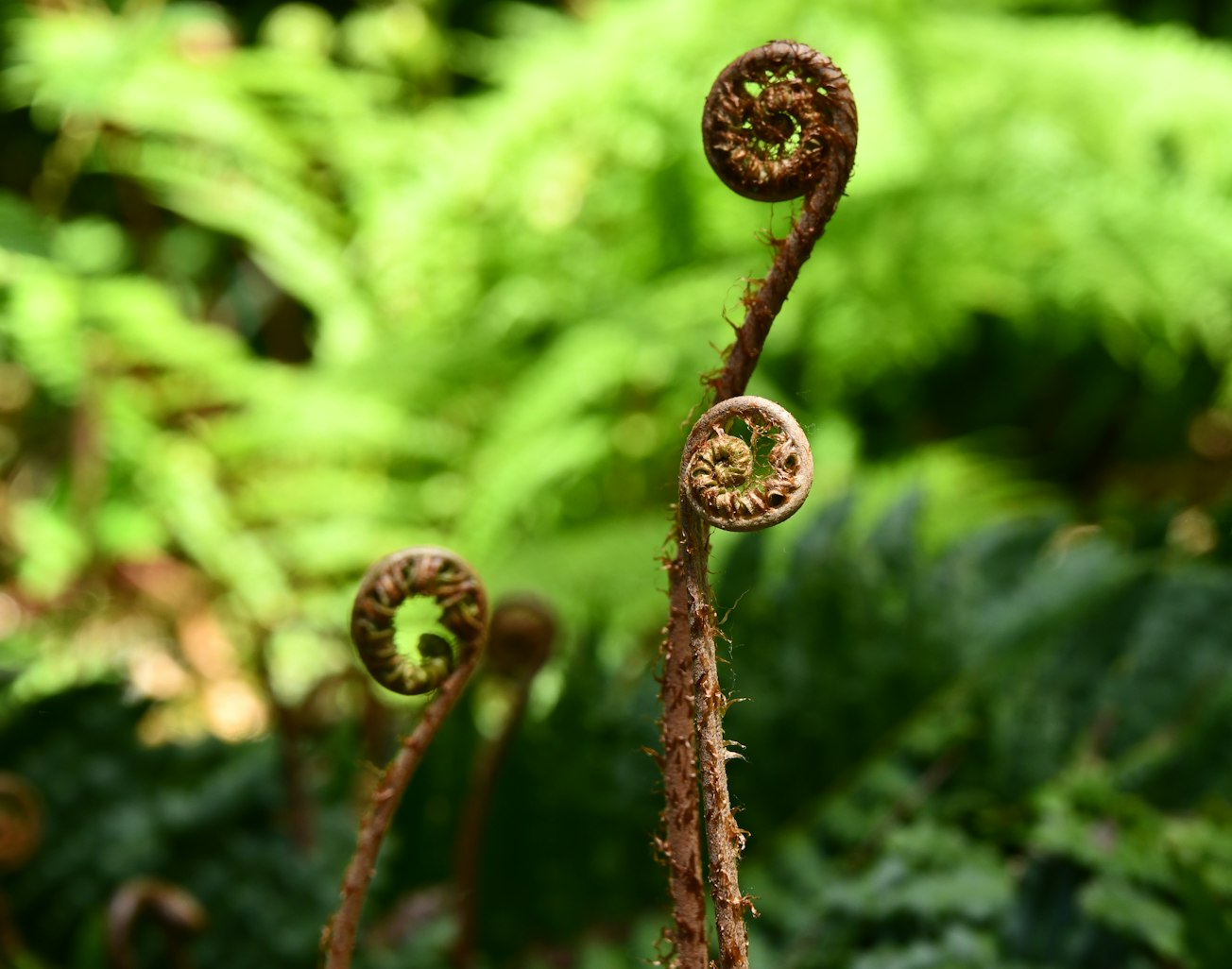What is it about?
This research study aimed to find a natural substance from the Stenochlaena palustris fern that can help with diabetes and oxidative stress. The researchers tested different parts of the fern extract and found that one part, called water fraction (WF), was very good at inhibiting an enzyme related to glucose metabolism (called antiglucosidase) as well as having antioxidant properties. They also discovered that certain compounds in this part of the extract were responsible for these effects. This suggests that S. palustris could be used in developing new treatments for diabetes or other conditions involving high blood sugar levels or oxidative damage caused by free radicals.
Featured Image

Photo by Shelley Pauls on Unsplash
Why is it important?
The practical implication of this research is that an extract from the Stenochlaena palustris plant has shown potential as a natural treatment for diabetes and oxidative stress. The water fraction (WF) of the methanol extract was found to be very effective in inhibiting enzymes related to glucose metabolism, which could help regulate blood sugar levels. Additionally, WF demonstrated strong antioxidant properties by scavenging free radicals and reducing ferric ions while chelating copper ions. This suggests that it may have therapeutic benefits beyond just treating diabetes but also protecting against cellular damage caused by oxidation or inflammation.
Read the Original
This page is a summary of: Water fraction of edible medicinal fern Stenochlaena palustris is a potent α-glucosidase inhibitor with concurrent antioxidant activity, Food Chemistry, November 2015, Elsevier,
DOI: 10.1016/j.foodchem.2014.12.099.
You can read the full text:
Resources
Stenochlaena Palustris: A Fern with Potential Health Benefits and Traditional Uses
Phytochemicals and Biological Activities of Stenochlaena palustris
Phenolic contents and antioxidant properties of Stenochlaena palustris, an edible medicinal fern
... mature sterile frond, with its high phenolic contents, potent effectiveness as reductants and year-round availability, represents a potential source of natural antioxidants.
Contributors
The following have contributed to this page







